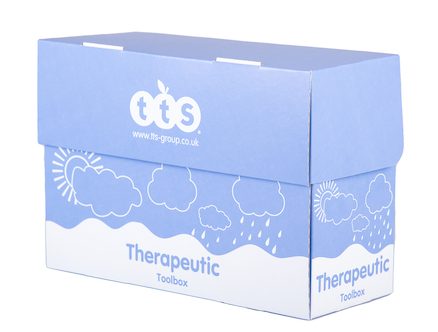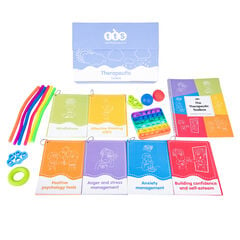As we are all aware, and as surveys have shown, mental health and wellbeing were both negatively impacted during the pandemic. Although life has more or less returned to normal in terms of restrictions (for example, mask wearing and lockdowns), the effects of this impact are still being felt by our children and young people (and their teachers too).
Schools and other education settings see the effects on the mental health and wellbeing of their children and young people on a daily basis. They can sometimes feel at a loss as to how best to support them, as well as their colleagues.
Keys to engaging therapeutically
In an article published in the May 2022 edition of nasen Connect, Dr Tina Rae, a child psychologist who specialises in children’s mental health, explores some basic and practical therapeutic tools and approaches that teachers and support staff can utilise to help their pupils.
In the article, Dr Rae identifies four keys to successfully engaging therapeutically:
- Understanding of trauma and anxiety
- Understanding of how to create trauma informed classrooms and safe spaces
- Understanding of how to use self-regulation skills and strategies
- Understanding how to maintain self-care routines and peer support for staff teams
Where do I start?
Dr Rae recognises that none of the above will happen overnight. Time will be needed for staff to develop their knowledge and how it can be applied in the school context. Therefore she identifies six elements that can be actioned immediately:
- Belonging – making sure the children feel welcomed, wanted and part of the group.
- Predictability – making sure that changes to routines are explained clearly and with empathy.
- Organisation – ensuring that the routines and activities are consistent and visual checklists are provided as necessary.
- Regulation – teaching an emotional literacy curriculum and ensuring a safe space or calm corner is available to children and young people and that they understand how to use this effectively to self-regulate.
- Differentiation – reduce processing demands in the classroom and provide clear structures or plans for each task.
- Relationships – keep connections healthy and empathic, modelling social skills and valuing and celebrating strengths and personal achievements.
Dr Rae is at pains to say that teachers and support staff are not therapists and nor should they be expected to fulfill such a role. Rather they need to be equipped with the right tools and knowledge, appropriate to their role, to be able to effectively support children and young people. The first step requires that “we look at ourselves first” and take account of our own mental health and wellbeing.
Click here to read Dr Tina Rae’s full article in nasen Connect- May 2022

nasen is a charitable membership organisation that exists to support and champion those working with, and for, children and young people with SEND and learning differences. For the almost 70,000 members, nasen offers a range of resources including a bi-monthly membership magazine, nasen Connect. In addition, members can access the additional services (Annual Webinar Pass, SENCO Support Service and Publication Subscription) as well as a range of CPD.
If you are interested in taking up free membership, or would like to find out more about nasen, please visit //nasen.org.uk/.






